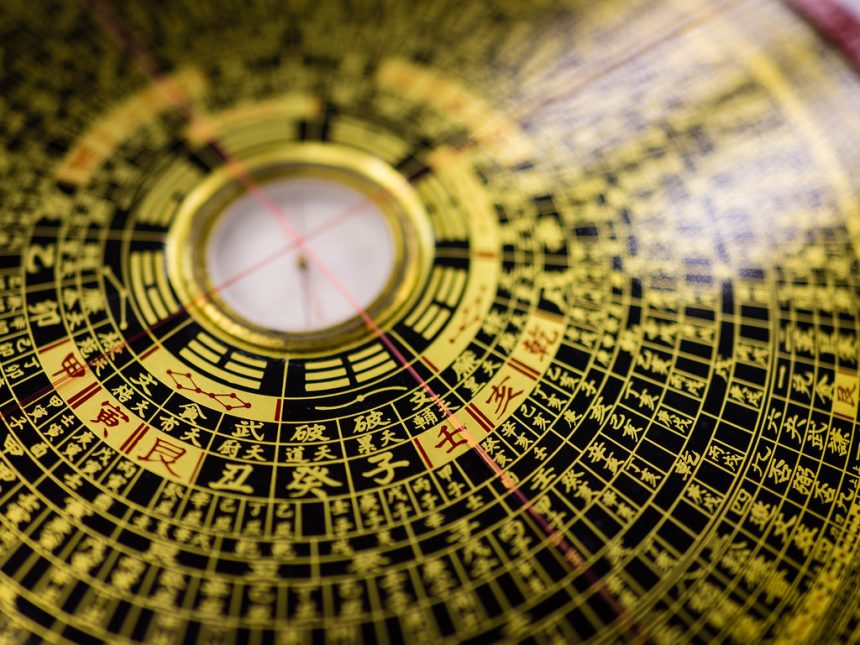Feng Shui, an ancient Chinese practice rooted in harmonizing individuals with their surrounding environment, continues to shape various facets of modern life across the globe. By emphasizing balance and the strategic arrangement of spaces, Feng Shui principles are integrated into contemporary architecture, interior design, business strategies, and personal well-being practices.
Origins and Core Principles of Feng Shui
Feng Shui, translating to “wind” (feng) and “water” (shui), is a system of geomancy that dates back thousands of years in China. It focuses on the flow of energy, or “chi,” and how the placement and orientation of objects, buildings, and spaces can influence health, prosperity, and overall harmony. The practice involves assessing the natural environment and aligning human-made structures to promote a positive energy flow.
Influence on Modern Architecture and Interior Design
In contemporary architecture and interior design, Feng Shui principles are employed to create spaces that promote well-being and balance. Designers incorporate elements such as natural light, open spaces, and the strategic placement of furniture to enhance the flow of chi. For instance, the integration of Feng Shui in home decor emphasizes the importance of decluttering and organizing spaces to allow energy to flow smoothly, fostering a sense of tranquility. Additionally, the selection and arrangement of houseplants are guided by Feng Shui to ensure a positive and balanced energy flow within the home.
Application in Business Practices
Feng Shui extends beyond personal spaces into the business realm, particularly in Asia, where it is believed to create favorable environments for success. Companies may consult Feng Shui experts when selecting office locations, designing workspaces, or even choosing auspicious names and logos to attract positive energy. The strategic placement of furniture and the use of auspicious timing and numbers are also considered vital elements in fostering a prosperous business environment.
Integration into Personal Well-being
Individuals incorporate Feng Shui into their daily lives to enhance personal well-being. This includes arranging living spaces to promote restful sleep, using specific colors to evoke desired emotions, and decluttering to clear stagnant energy. The practice encourages mindfulness in the organization of one’s environment, leading to improved mental and emotional health. For example, avoiding common Feng Shui mistakes, such as displaying dried or artificial flowers that lack life energy, can contribute to a more harmonious living space.
Contemporary Examples and Adaptations
Modern interpretations of Feng Shui are evident in various projects worldwide. Architect Cliff Tan, for instance, has gained recognition for integrating Feng Shui principles into contemporary design, making the ancient practice accessible to a new generation. His work demonstrates how traditional concepts can be adapted to modern aesthetics without compromising their essence.
Moreover, large-scale projects like Shanghai’s Twin Hills showcase the application of Feng Shui in urban planning. These artificial mountains, constructed atop a multistory car park, incorporate elements symbolizing stability and economic dynamism, aiming to provide city residents with harmonious and enlightening experiences.
Conclusion
The enduring influence of Feng Shui underscores its relevance in modern life, bridging ancient wisdom with contemporary practices. By fostering harmony between individuals and their environments, Feng Shui continues to shape architecture, business strategies, and personal well-being, demonstrating the timeless appeal of aligning with the natural flow of energy.











